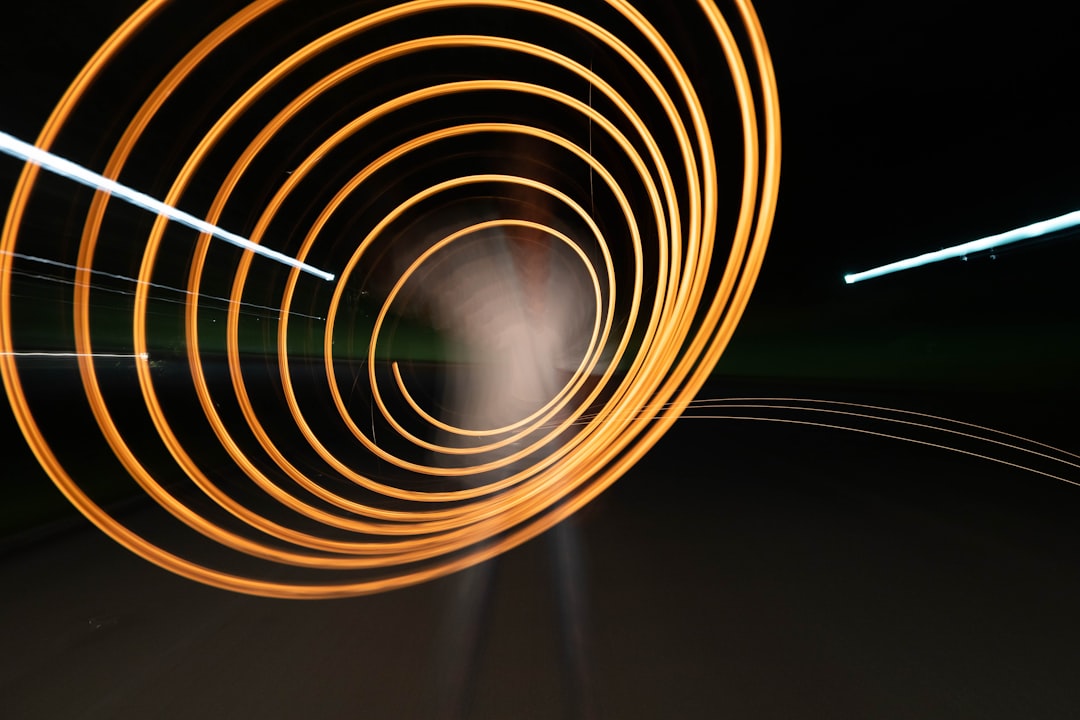What is it about?
This research investigates the creation of superconducting Nb3Sn alloys. For a long time, scientists believed that these alloys were formed when tin (Sn) diffused into niobium (Nb). However, during our research, we observed a significant amount of oxygen in Nb3Sn, which intrigued us to explore other possible formation methods. Through experiments, we discovered a completely new way of forming Nb3Sn that involves the presence of oxygen and the intermediate creation of tin oxides. This finding challenges the long-held belief of how Nb3Sn is made and opens up new possibilities for advancing superconducting materials.
Featured Image

Photo by Anton Maksimov 5642.su on Unsplash
Why is it important?
This discovery holds great significance as it reshapes our understanding of creating Nb3Sn superconductors. Unlocking this new mechanism has the potential to empower scientists to develop superior and higher-quality Nb3Sn superconductors. These improved superconductors find applications in cutting-edge fields such as modern particle accelerators, with a wide range of uses spanning from photon science, high-energy and nuclear physics, advanced materials discovery, isotope production, to quantum computing.
Perspectives
The discovery of the new formation mechanism for Nb3Sn alloys holds promising prospects in both scientific and technological domains. This includes the potential for further in situ investigations, leveraging advanced characterization tools to gain deeper insights. Moreover, there is an exciting opportunity for exploring new processes, allowing scientists to design and optimize tin or tin oxides for the growth of Nb3Sn. Demonstrating the practical use of these advanced materials in particle accelerators and quantum computing could lead to transformative technological advancements.
Zeming Sun
Cornell University
Read the Original
This page is a summary of: Thermodynamic route of Nb3Sn nucleation: Role of oxygen, APL Materials, July 2023, American Institute of Physics,
DOI: 10.1063/5.0157659.
You can read the full text:
Contributors
The following have contributed to this page










